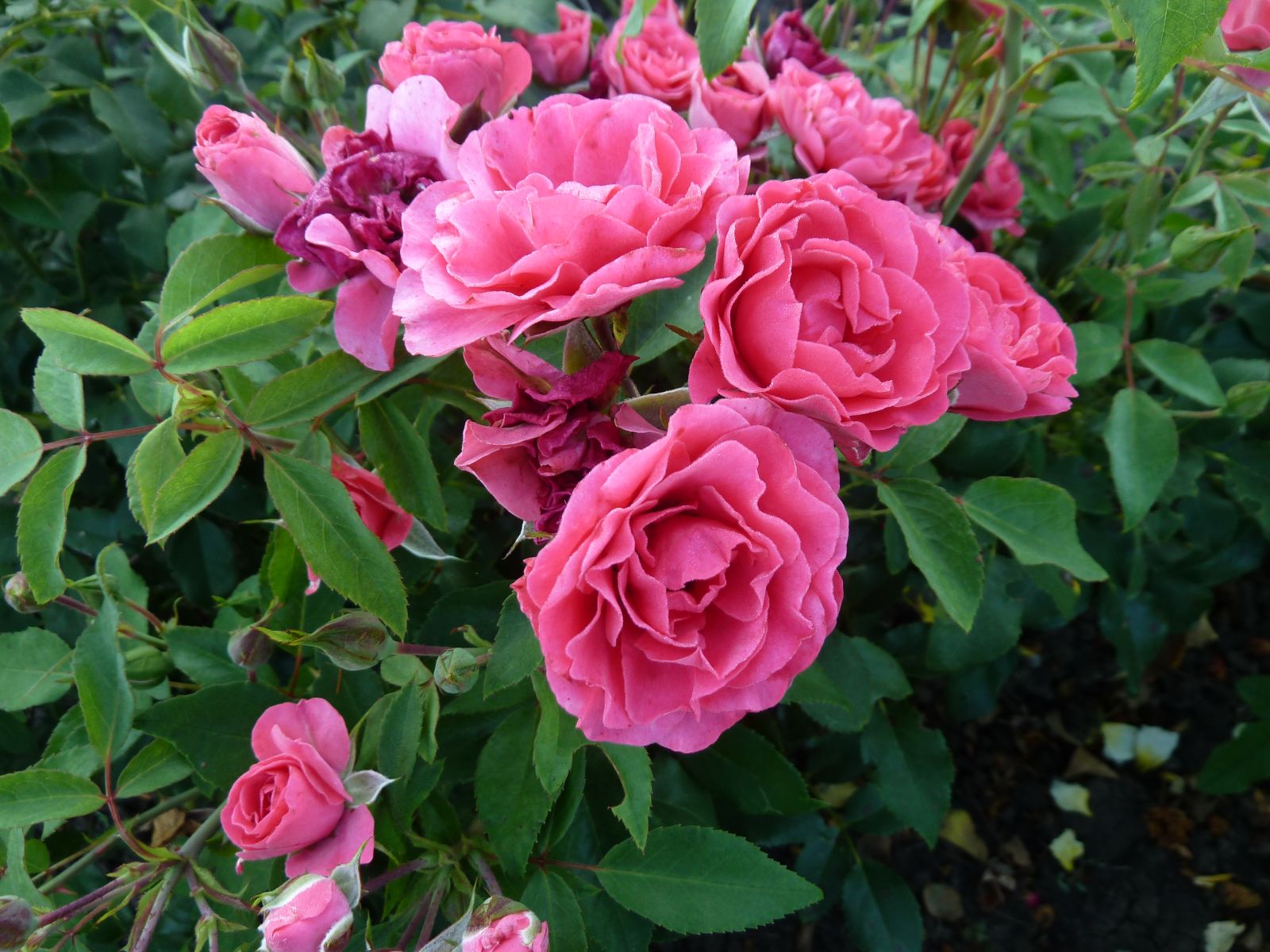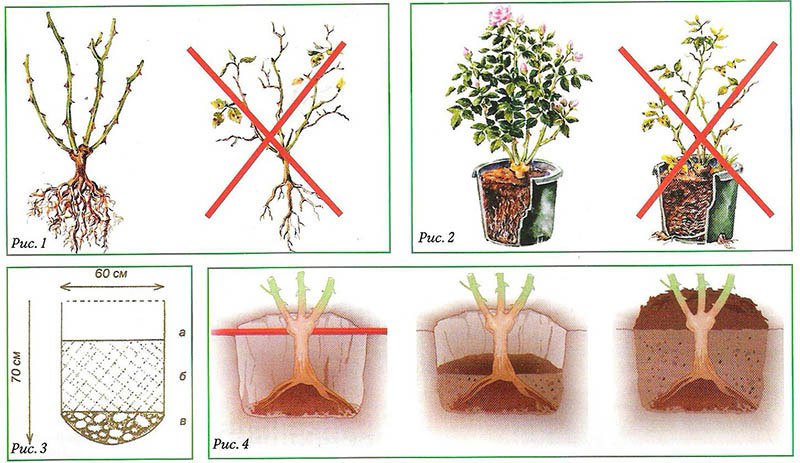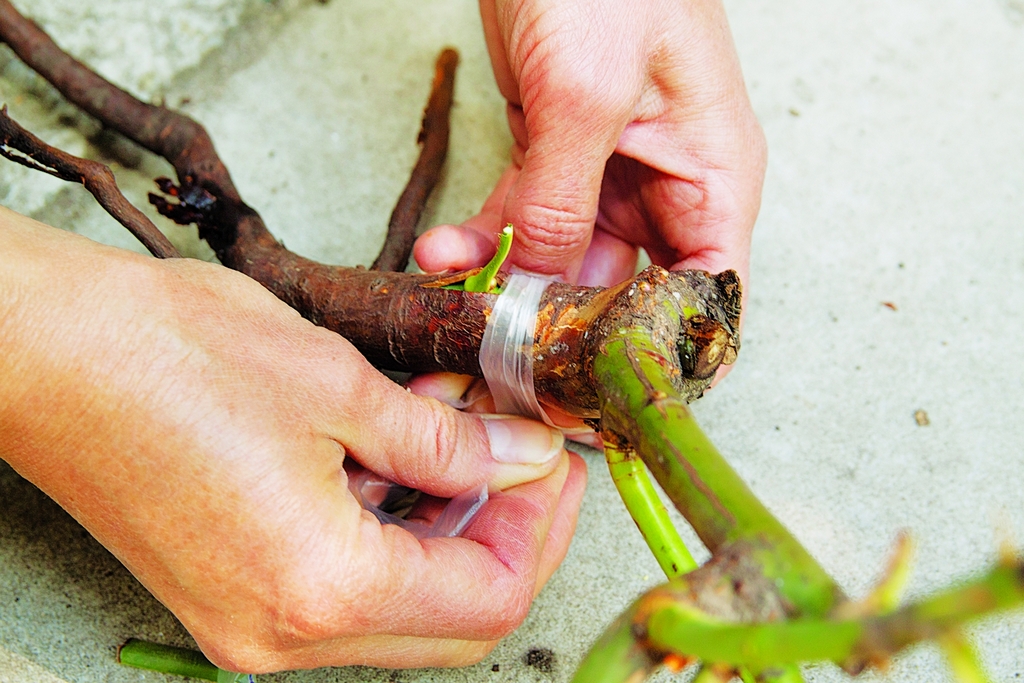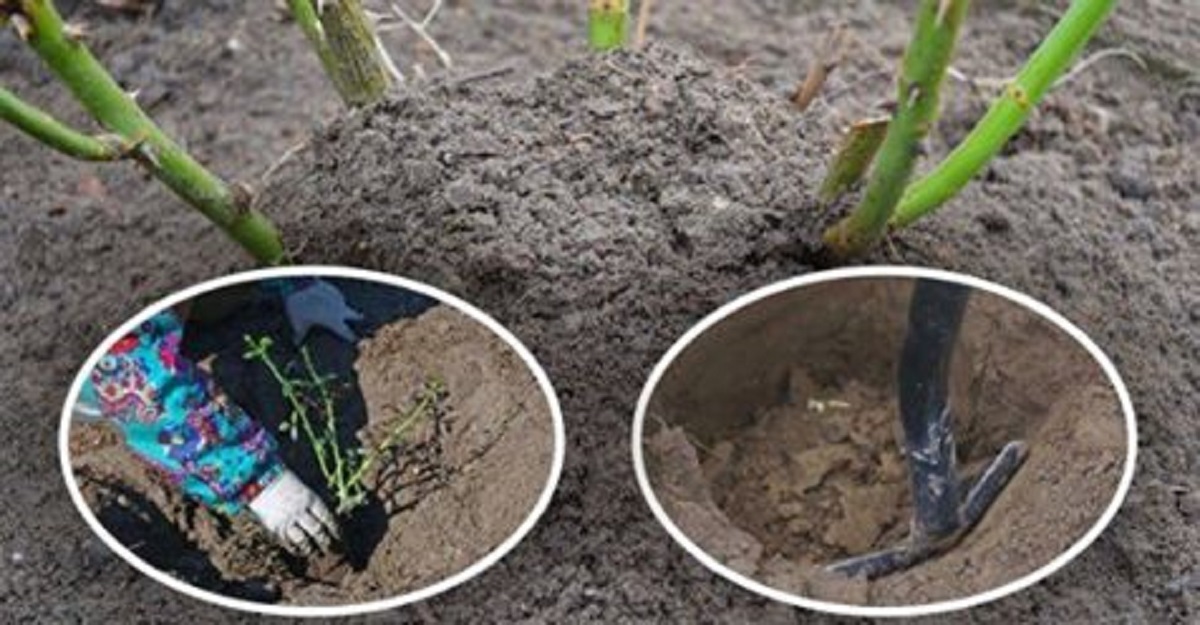Content:
The group of park roses unites tens of thousands of different varieties of cultivated rose hips. These flowers are grown everywhere, usually they are the main decoration of parks, flower beds and flower beds. Breeding methods, the specifics of the agricultural technology of this crop will be described below.
Tips for beginner gardeners
The most favorable period for planting roses is the second half of September-early October. Weather conditions at this time are most suitable for plant adaptation. In autumn, the soil has not yet cooled from the summer heat, and there is enough rainfall, which contributes to better rooting of seedlings in comparison with spring planting.
In spring, roses can also be planted, but this should be done when the ground is warmed up to a temperature of 10 ° C.
Breeding methods for park roses
It is not difficult to learn how to propagate park roses.
Breeding methods:
- layering;
- cuttings;
- root suckers;
- dividing the bush;
- vaccinations.
Digging in layers
It is necessary to dig small holes near the bush in the spring. Choose long annual shoots, cut off the bark on them in those places where the leaves (nodes) grow. Bend the prepared shoots to the ground, lower them into the holes and dig in. In the summer, you need to water it periodically, and in the fall or spring, dig it out, divide it by the number of rooted parts and plant it for growing in fertile land. A year later, transplant the shoots into a flower garden or flower bed.
Cuttings
Reproduction using cuttings is possible during the summer and spring flowering period. In the summertime, shoots with flowers should be cut from a blossoming flower. Divide them so that each part contains 2-3 sheets. On all cuttings, you need to make two cuts: oblique (under the lower bud) and straight (above the upper bud). Remove the leaf from the bottom and cut the top leaves in half. In a glass of water, dilute a quarter of the heteroauxin tablet and leave the cuttings there for 35-40 minutes.
Next, plant them in fertile moist soil, and cover them with a 3 cm layer of sand. Plant, deepening by another 2 centimeters. Cover the container with a jar or plastic bottle and leave for about 4 weeks - this is rooting time. In this month, cuttings are watered by spraying several times a day. In this case, the humidity level should not reach 90%.
As soon as the first roots appear, you can open the seedlings, but this should be done slowly. Cuttings that have taken root should be left in the same place, warming them for the winter with mulch from conifers and dry leaves. The opportunity to transplant seedlings to a permanent place will be a year later.
Reproduction by root suckers
Root suckers are shoots that grow out of the ground from a bush. On the surface, they are visible as aerial stems. In the first year after their manifestation, they already have roots. The only thing that is required is to separate the offspring from the parent bush in the place where they join, and plant the seedling in a permanent place.
Dividing the bush
Another way to propagate park roses is to divide an adult bush. This type of reproduction is applicable in spring and autumn.
In order to correctly perform this procedure, it is necessary: to dig a bush, cut the roots into uniform parts and plant as separate seedlings. In the second year after planting, the rose should bloom.
Graft
A method that is suitable for helping to propagate roses in the cold season is grafting.
Rosehip seedlings are used as a rootstock of roses. However, not every rosehip is suitable for a particular case. For example, those types of roses that are sensitive to cold can get along exclusively with drought-moisture and frost-resistant species of rose hips, which have strong and powerful roots.
Vaccination can be:
- summer;
- winter.
Summer vaccination is the most well-known method. In another way it is also called "budding" and "eye grafting". Actual in the period from July fifteenth to August fifteenth. For this you need:
- Clean the neck of the rootstock from dirt and remove all lateral shoots.
- Immediately make a T-shaped incision (1 centimeter horizontally and 2.5 centimeters vertically).
- Remove all leaves on the cuttings of the flower. Then cut off one "eye" upwards.
- Insert a peephole into this incision. Cut out excess parts.
- Wrap everything with oculated film.
After that, it is imperative to check the state of compatibility of the plants: the peephole is green and slightly swollen - a sign that the shoot has grafted successfully.
At the end of autumn, grafted roses must be spud so that the soil level does not exceed budding by more than 5 cm.
It is necessary to uncook roses at the beginning of spring, above the grafting site. To do this, remove the film and cut the rootstock surface within a radius of 1 cm from the budding. With a successful grafting in the fall, the resulting plant will get stronger and can be transplanted into the garden.
Winter time for vaccinations is in February. To do this, in the fall, you need to place the prepared stock in a wet mixture of sawdust and sand and store it in the basement. A week before vaccination, the rootstock should be transferred to the street and dug in. Make an oblique incision on the cuttings and combine with the lateral cut of the rootstock. Then you need to wrap it with foil and process the sections with garden pitch.
The grafted plants should be folded at a slight slope using a mixture of sawdust and wet moss. After a few days, transfer to a container and keep warm. In the spring, roses can already be transplanted into a flower garden.
Park rose: planting and care in the open field
In order to grow beautiful masterpieces from roses, you must do the following:
- Decide on the landing site. This is where to start. This place needs maximum protection from wind and sun. But at the same time, there should be no stagnation of liquid and shadow. The depth of the groundwater is no more than 1 m below the soil surface. The ideal place for roses to live is the southern slope, where melt water flows down in spring.
- Prepare the ground. It is recommended to use well-drained, moderately moist and loose soil. The thickness of the nutrient layer of the soil is more than 40 cm.If at least one of the above parameters is not present in the selected area, it is recommended that ecological fertilizers (humus is possible) and loamy soil should be mixed 14-21 days before planting in a ratio of 50:50.
- Prepare seedlings. If the seedlings have an open root system, then first they must be left in water for 24 hours. Then cut out the leaves and the bad roots. The above-ground part of the plant must be cut off to 30 cm. The buds under the graft must also be removed. After that, you need to treat the seedling with a 3% solution of ferrous sulfate, dip the roots in a mixture of clay and mullein (proportion 2: 1) - this will be a good protection of plant health.
After all the preparatory procedures, roses can be planted. Step by step plan:
- Dig a hole 40 cm in diameter and 70 cm deep.
- Pour drainage on the bottom.It can be: broken brick, pebbles, expanded clay or clay. The thickness of the poured layer should be 7 cm.
- Cover with fertile soil.
- Place the seedling inside the ground.
- Pour ordinary soil or special soil mixture on top.
- Trample the earth and pour plenty of water (about 15 liters per bush);
- Cover the seedlings with dry peat with a layer up to 20 cm thick.
Park roses: care and cultivation in the Moscow region, Siberia and the Urals
It is known that the climate in the Moscow region, Siberia and the Urals is far from mild. The rules for planting and caring for park roses in these regions of Russia do not differ much, it is important to choose the right variety suitable for these areas.
Park rose varieties suitable for planting in these regions:
- varieties of Canada: A. Mackenzie, Morden Centennial, Wasagaming, Prairie Joy, Adelaide Hoodless;
- varieties of England: L.D. Braithwaite, Fisherman's Friend;
- French varieties: Minette, Louise Odier.
Caring for park roses in these regions:
- from 0 to 3 years after planting, the land near the plant must be loosened;
- fertilize 3-4 times per season and fertilize with manure in autumn;
- it is recommended to fertilize with ash infusion from time to time;
- you need to water a lot, but rarely;
- spud before the onset of the cold period to a height of 20 cm, remove young branches, wrap with lutrasil, then cover with spruce branches.
You can also grow park roses in regions with a cold climate. It is important to choose the right variety and follow the recommendations for growing this crop.
















